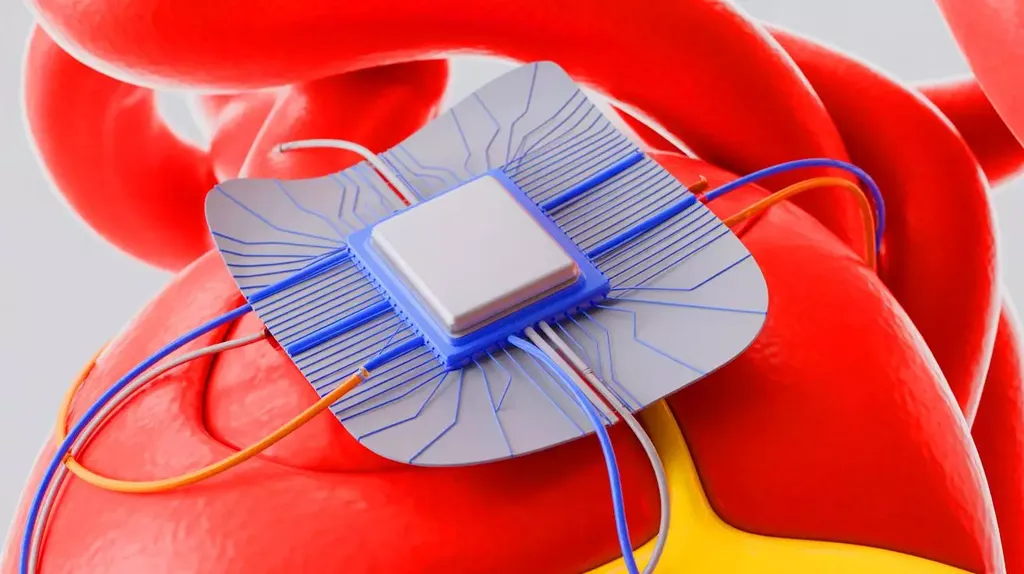In the heart of Beijing, researchers are looking to nature for inspiration to revolutionize how we deliver life-saving protein drugs. Led by Chuanda Zhu from the Department of Biophysics at Peking University Health Science Center, a team of scientists is exploring biomimetic nanocarriers—tiny, nature-inspired delivery systems that could transform the way we treat diseases, including cancer and genetic disorders.
The challenge? Traditional nanocarriers often struggle to bypass the body’s natural defenses. “Nanocarriers may be restricted extracellularly or degraded in lysosomes, unable to effectively deliver drugs to the target location,” Zhu explains. This is where biomimetic nanocarriers come into play. By mimicking natural systems like viruses, bacteria, and even minerals, these innovative carriers can sneak past the body’s barriers, delivering drugs directly to where they’re needed most.
So, what does this mean for the future of medicine? Imagine a world where treatments are more targeted, sustainable, and minimally invasive. Biomimetic nanocarriers could make this a reality. For instance, they could be used in clinical targeted delivery, tumor therapy, and even gene editing. “These biomimetic nanocarriers exhibit great potential to bypass endocytosis and lysosomal restrictions due to their unique biomimetic properties,” Zhu notes.
But it’s not just about the medical implications. This research could also have significant commercial impacts, particularly in the energy sector. As we strive for more sustainable and efficient energy solutions, biomimetic nanocarriers could play a crucial role in developing new technologies. For example, they could be used to deliver catalysts in fuel cells or to improve the efficiency of solar cells.
Published in the journal *Bioactive Materials* (translated from Chinese as “活性材料”), this research is just the beginning. As we continue to explore the potential of biomimetic nanocarriers, we may unlock new possibilities for both medicine and industry. The future is here, and it’s inspired by nature.

